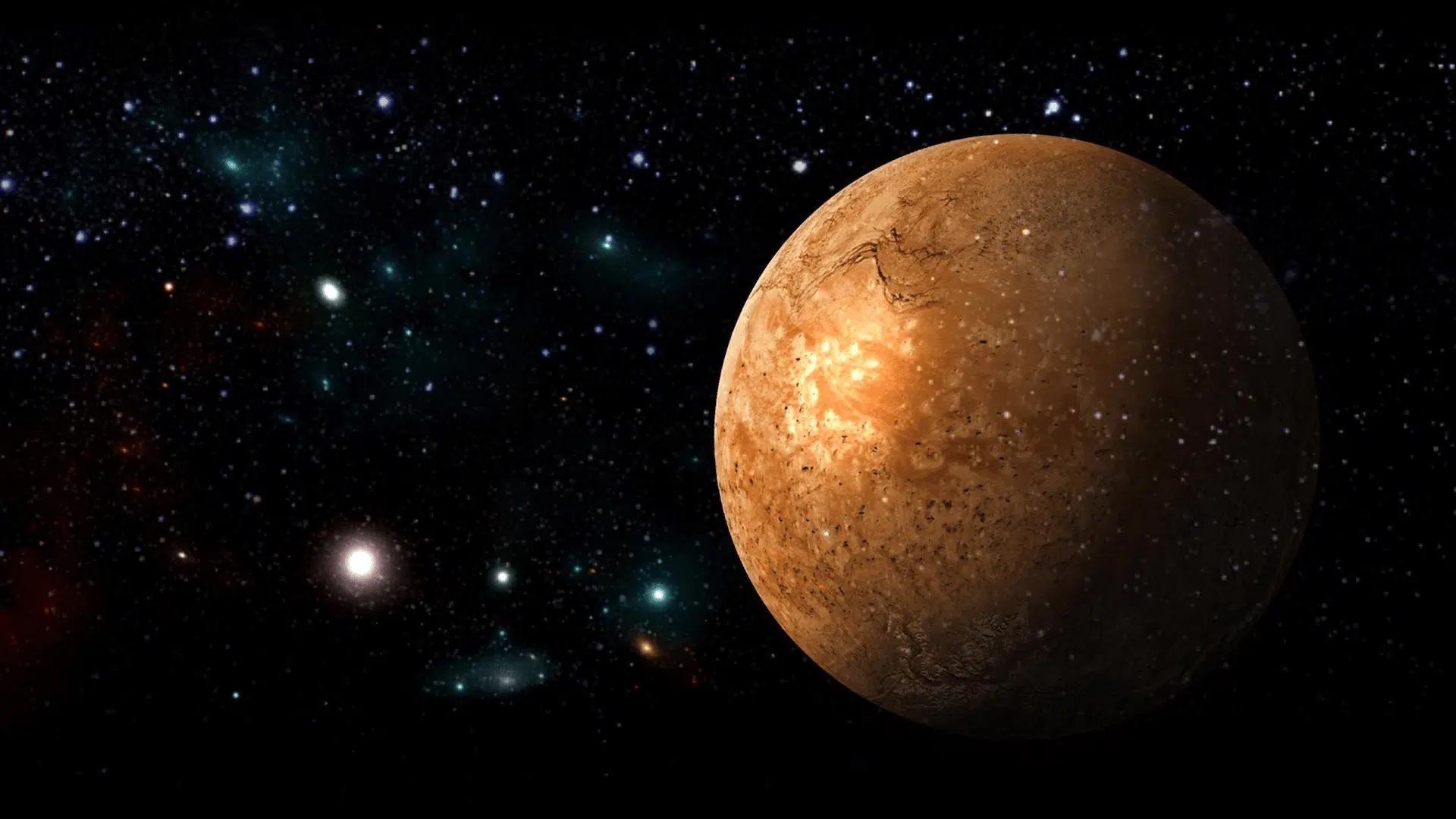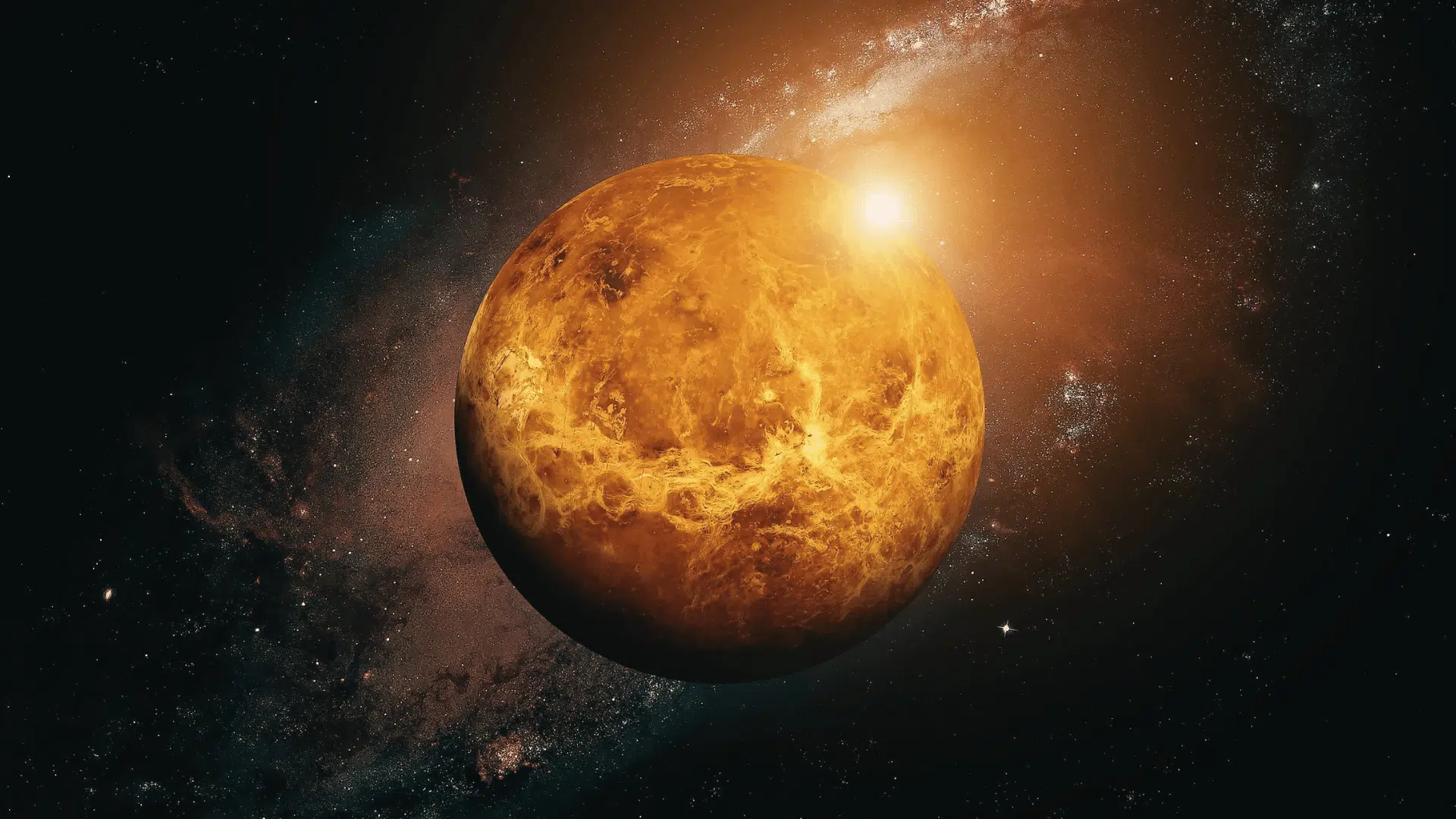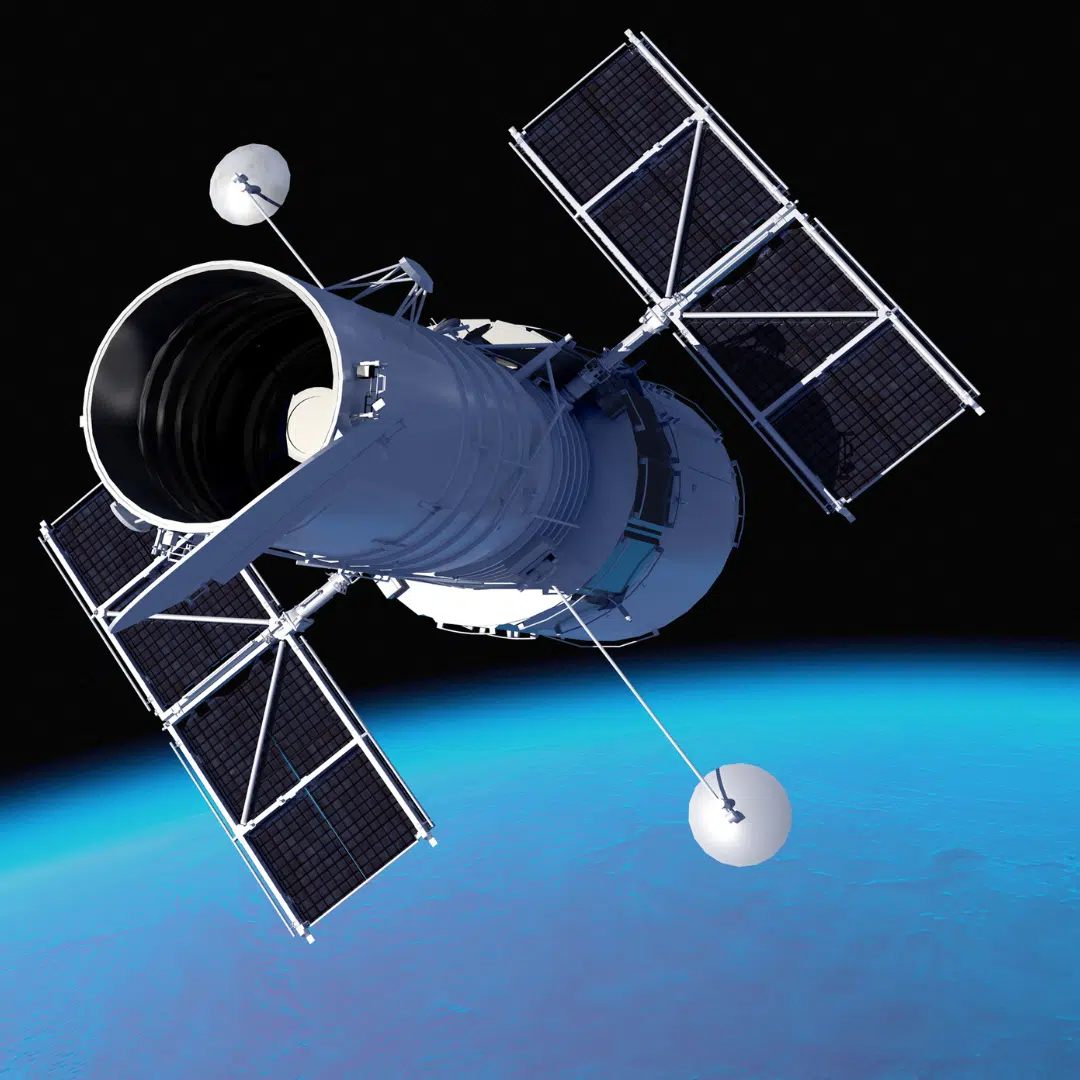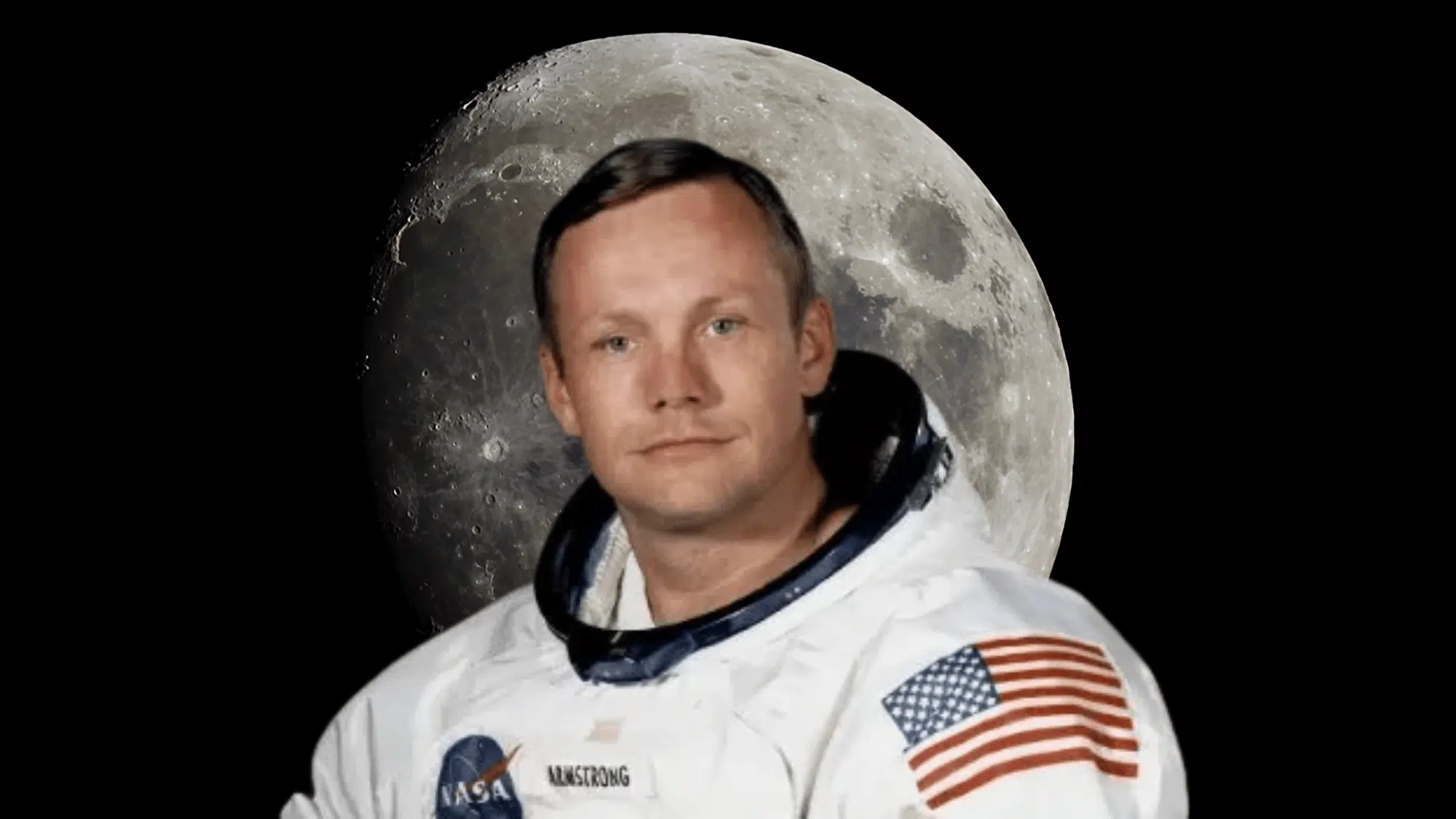Ever dreamed of zooming to Venus, our closest planetary neighbor?
Many people wonder, How long would it take to get to Venus? Making it one of the most searched space questions in 2025.
This glowing, cloud-covered world sits even closer than Mars, yet the expedition is far from simple. Depending on the year and the path, reaching Venus can take months with today’s rockets.
In the future, new engines and advanced propulsion may shorten that time to just weeks. If you’re curious about real spacecraft or futuristic technology.
From history to future plans, the expedition is both exciting and promising. Ready to blast off? Let’s find out about the fascinating trip to Venus together.
How Long Would it Take to Reach Venus?
Traveling to Venus depends on the type of spacecraft and the path it takes. Using today’s chemical rockets, a trip would usually take about 3 to 5 months.
The exact time changes because Earth and Venus move around the Sun at different speeds, so the distance between them is always changing.
Some past missions, like NASA’s Mariner 2, reached Venus in just over three months, while others took longer because of slower or fuel-saving routes.
Future technologies, such as nuclear or advanced electric propulsion, could shorten the trip to only weeks. For now, though, an expedition to Venus remains a months-long adventure through space.
What is the Distance Between Venus and Earth?
Venus is the second planet from the Sun and is often referred to as Earth’s “sister planet” because it is similar in size and composition.
The distance between Venus and Earth is not always the same, since both planets move in their own orbits around the Sun.
At its closest, Venus is about 38-41 million kilometers (24-29 million miles) away, while at its farthest, it can be around 261 million kilometers (162 million miles). On average, the distance is about 41 million kilometers (25 million miles).
This makes Venus the closest planet to Earth most of the time, even closer than Mars, which is often seen as our future destination.
Future Technologies: Faster Travel Methods


Image Source: Space
The future of space travel is exciting, and scientists are working on new technologies that could help us reach Venus much faster than we can today.
1. Ion Propulsion Systems
Ion propulsion is like a super-efficient space engine that’s already being used on some spacecraft today.
Instead of burning fuel like a regular rocket, it uses electricity to shoot out tiny particles called ions at incredibly high speeds.
The best part is that ion engines use much less fuel than traditional rockets. With ion propulsion, a trip to Venus could take only 2 to 3 months instead of the usual 5 to 6 months.
Missions like NASA’s Dawn spacecraft have already proven that this technology works great in space.
2. Nuclear Thermal Propulsion
Nuclear thermal propulsion sounds like something from a science fiction movie, but it’s actually real technology that scientists tested back in the 1960s and 1970s.
A nuclear reactor heats hydrogen fuel to extremely high temperatures—about 2,500°C—and shoots it out to create thrust.
This engine is much more powerful than chemical rockets and could cut travel time to Venus down to just 1 or 2 months. NASA is currently working on new designs and plans to test them in space by 2027.
3. Nuclear Electric Propulsion
Nuclear electric propulsion combines nuclear power with electric engines. A nuclear reactor creates electricity, which then powers special ion engines or plasma drives.
This system provides lots of power without needing sunlight like solar panels do. It could reduce the trip to Venus to about 2 or 3 months.
Scientists think this would be especially useful for missions carrying heavy equipment or traveling to distant parts of our solar system.
This technology is still being developed, but might be ready within 15 to 20 years.
4. Solar Sail Technology
Imagine a spacecraft with giant mirrors that catch sunlight like a sailboat catches wind; that’s a solar sail.
These enormous reflective sails can be thousands of square meters in size and are pushed forward by light particles from the Sun. Solar sails require no fuel, allowing them to continue accelerating as long as sunlight is available.
A solar sail mission to Venus might take 2 to 4 months. Scientists have already tested this with Japan’s IKAROS and LightSail 2, proving it works well.
5. Fusion Propulsion
Fusion propulsion uses the same process that powers the Sun, combining hydrogen atoms to create enormous energy.
If scientists can harness fusion reactions to power spacecraft, we could potentially reach Venus in just 2 to 3 weeks, rather than months. The challenge is that we’re still trying to make fusion work properly on Earth.
Scientists achieved an important milestone in 2022, but it will probably be at least 50 years before we can use fusion engines on spacecraft. This would be a true game-changer for space exploration.
6. Antimatter Propulsion
Antimatter propulsion is the most powerful idea scientists have imagined, but also the most difficult. When antimatter touches normal matter, they destroy each other and release incredible energy.
If we could use this to power spacecraft, we might reach Venus in just a few days. The problem is that antimatter costs millions of dollars to create just a tiny amount, and we can’t store it safely.
This technology probably won’t be possible for at least another 100 years, making it more science fiction than reality right now.
What Faster Rockets Mean for Venus Missions?
Right now, if you wanted to know how long it would take to get to Venus, the answer is about 5 to 6 months using conventional rockets.
However, within the next 20 to 30 years, new technologies such as nuclear thermal propulsion could reduce that time to 45 to 60 days.
These faster trips would make exploring Venus much easier and cheaper.
Shorter distances mean less radiation exposure, fewer supplies needed, and lower costs. As these technologies develop, quick and efficient space travel is becoming more realistic every year.
Factors that Influence Travel Duration


Image Source: My Imperfect Life
Several important factors determine how long it takes to travel from Earth to Venus:
- Type of Rocket Engine: Different engines work in different ways. Chemical rockets are powerful but use lots of fuel, while ion engines are slower at first but very efficient over time.
- Mission Goals: What you plan to do at Venus affects how long the trip takes. Flying past Venus is faster than slowing down to orbit or land on the planet.
- The Path You Take: There are different routes to get to Venus. A straight path is faster but uses more fuel, while a curved path takes longer but saves energy.
- When You Launch: Earth and Venus are always moving around the Sun. The best time to launch happens every 19 months when the planets line up just right.
- How Heavy the Spacecraft Is: Heavier spacecraft need more fuel to speed up and slow down. All the scientific equipment, computers, and protective materials add weight that affects travel time.
- How Much Money Is Available: The amount of money you have affects many choices about the mission. A bigger budget means you can use better engines and launch at the best time.
- Safety Requirements: For missions carrying astronauts, ensuring the safety of personnel becomes the top priority. Shorter trips mean less time exposed to dangerous space radiation.
Historical Missions: Actual Travel Times
Several space missions have already reached Venus, each taking different amounts of time. The table below shows some of the most well-known missions and their travel times:
| Mission | Year | Country | Travel Time to Venus | Notes |
|---|---|---|---|---|
| Mariner 2 | 1962 | USA | About 109 days (3.5 months) | First successful mission to Venus |
| Venera 7 | 1970 | USSR | About 120 days (4 months) | First probe to land on another planet |
| Pioneer Venus 1 | 1978 | USA | About 123 days (4 months) | Studied Venus’s atmosphere and mapped the surface |
| Magellan | 1989 | USA | About 15 months | Used radar to map most of Venus’s surface |
Can Humans Live on Venus?
Venus might be our closest planetary neighbor, but it’s definitely not a place you’d want to visit. Scientists often call it the most dangerous planet in our solar system because of its extreme conditions.
The surface is incredibly hot, about 465°C (869°F), which is even hotter than Mercury. The air pressure is 92 times stronger than Earth’s, like being deep underwater in our oceans.
The atmosphere is made mostly of carbon dioxide with clouds of sulfuric acid. There’s no water, no oxygen to breathe, and no magnetic field for protection.
If you’re wondering how long it would take to reach Venus, the expedition typically takes about 5 to 6 months using today’s spacecraft technology.
Conclusion
Reaching Venus has fascinated scientists for decades, and it continues to be one of the most exciting challenges in space exploration.
While today’s technology limits trips to several months, future propulsion systems may open the door to much faster journeys.
What matters most is that each mission, past or future, brings us closer to understanding not only Venus but also the possibilities of human travel beyond Earth.
Venus serves as both a scientific mystery and a stepping stone for future exploration, reminding us that the dream of interplanetary travel is steadily moving from imagination to reality.


















